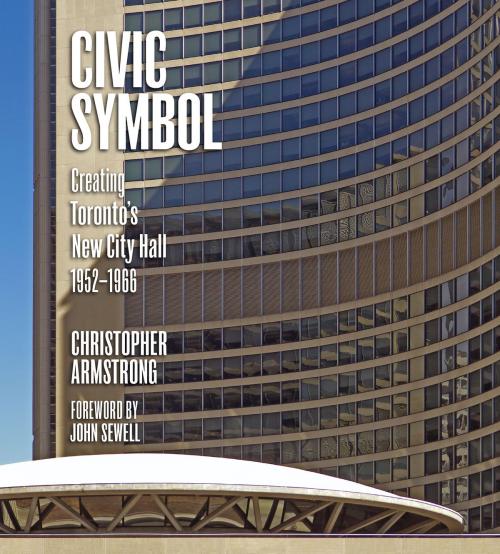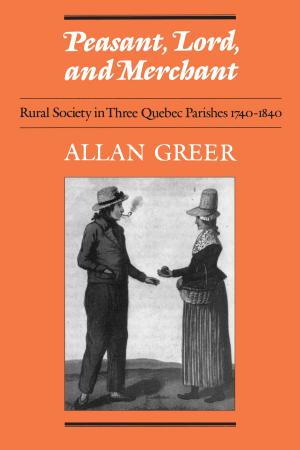Civic Symbol
Creating Toronto's New City Hall, 1952-1966
Nonfiction, Social & Cultural Studies, Political Science, Politics, City Planning & Urban Development, History, Canada| Author: | Christopher Armstrong | ISBN: | 9781442622708 |
| Publisher: | University of Toronto Press, Scholarly Publishing Division | Publication: | September 15, 2015 |
| Imprint: | Language: | English |
| Author: | Christopher Armstrong |
| ISBN: | 9781442622708 |
| Publisher: | University of Toronto Press, Scholarly Publishing Division |
| Publication: | September 15, 2015 |
| Imprint: | |
| Language: | English |
When Toronto’s New City Hall opened in 1965, it was an iconic modernist symbol for what was still a sedate and conservative city. Its futuristic design by Finnish architect Viljo Revell, composed of two curved towers flanking a clam-shaped council chamber, remains as strange and distinctive today as it did fifty years ago.
In Civic Symbol, Christopher Armstrong chronicles the complex and controversial development of this urban landmark from the initial international competition to the many debates that surrounded its construction and furnishing. Armstrong catalogs the many twists and turns along the path from idea to reality for the extraordinary building that Frank Lloyd Wright claimed future generations would say “marks the spot where Toronto fell.” Lavishly illustrated with contemporary photographs, plans, and drawings, Civic Symbol is the essential history of this iconic Canadian building.
When Toronto’s New City Hall opened in 1965, it was an iconic modernist symbol for what was still a sedate and conservative city. Its futuristic design by Finnish architect Viljo Revell, composed of two curved towers flanking a clam-shaped council chamber, remains as strange and distinctive today as it did fifty years ago.
In Civic Symbol, Christopher Armstrong chronicles the complex and controversial development of this urban landmark from the initial international competition to the many debates that surrounded its construction and furnishing. Armstrong catalogs the many twists and turns along the path from idea to reality for the extraordinary building that Frank Lloyd Wright claimed future generations would say “marks the spot where Toronto fell.” Lavishly illustrated with contemporary photographs, plans, and drawings, Civic Symbol is the essential history of this iconic Canadian building.















